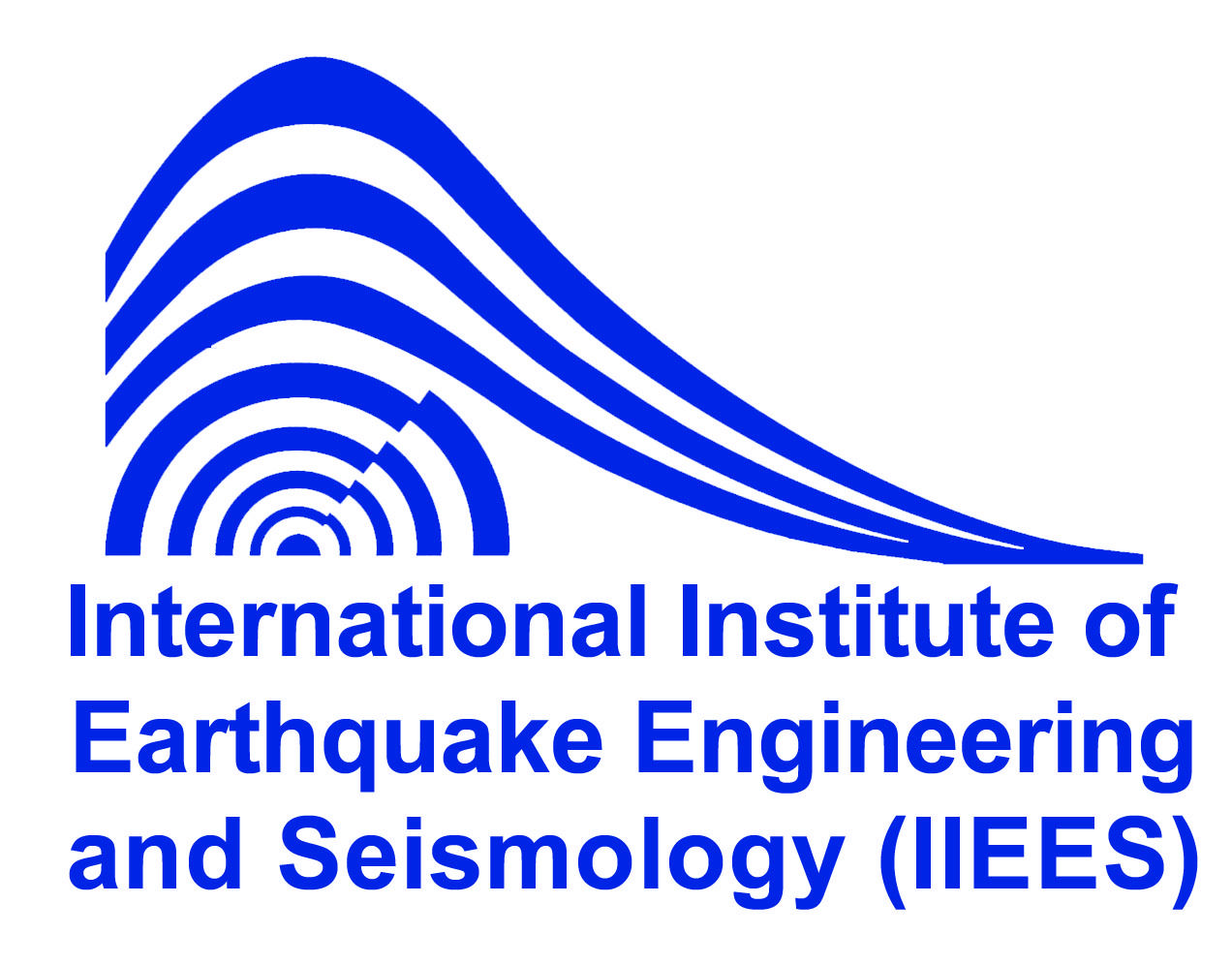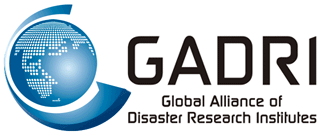- Home
- About
- Events
- Members
- About Members
- Member Institutes
- Algeria
- Argentina
- Australia
- Austria
- Bangladesh
- Brazil
- Bulgaria
- Canada
- China, People's Republic of
- Colombia
- Ecuador
- Egypt
- European Commission
- France
- Germany
- Ghana
- Hong Kong (People's Republic of China)
- India
- Indonesia
- Iran (Islamic Republic of)
- Israel
- Italy
- Japan
- Korea, Republic of
- Lao PDR
- Malaysia
- Mexico
- Morocco
- Nepal
- New Zealand
- Oman
- Phillippines
- Slovakia
- South Africa
- Sri Lanka
- Sudan
- Sweden
- Switzerland
- Chinese Taipei
- Thailand
- Turkey
- United Kingdom
- United States
- Vietnam
- Zimbabwe
- Membership
- Activities
- Resources
- GADRI Archives
 |
International Institute of Earthquake Engineering and Seismology (IIEES)Tehran |
| Outline Iran, being located between two Arabian and Euro-Asian tectonic plates, has experienced several destructive earthquakes, leaving heavy causalities and serious deterioration in different periods of its history. Over 130 severe earthquakes happened in the 20th century in this country, leaving socio-economic losses and long-lasting effects, indicate the seismicity and vulnerability of this country. Unfortunately, during some of these disastrous natural events even the invaluable evidences of ancient Persian culture have been flattened to the ground. All the aforementioned facts confirm the crucial necessity of being concerned about seeking a remedy in order to prevent and diminish these effects. Regarding high seismicity, vulnerability and high seismic risk of this region, International Institute of Seismology and Earthquake Engineering (IIEES) was established in November 1989 following the suggestion of 24th UNESCO General Conference and approval of Iranian government "Council of Higher Education Development" based on the investment of Iranian experts in the earthquake engineering. IIEES is composed of different research departments, including Seismology, Geotechnical Engineering, Structural Engineering, Risk Management, Graduate Studies, Information Technology, and International Relations. [detail] --> |
|


